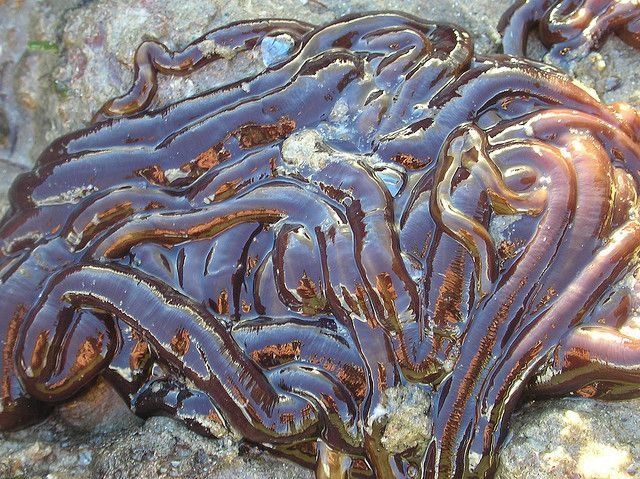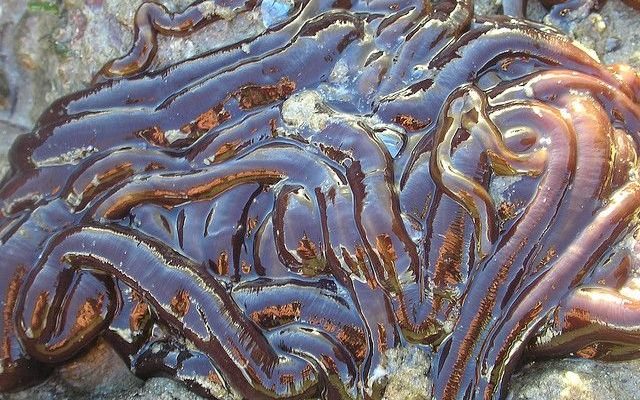
Understanding the habitat preferences of bootlace worms isn’t just for the curious minds; it’s essential for marine biologists studying ecosystem health. By tracking where these worms are found during different times of the year, researchers can gain insights into the overall condition of marine environments. So grab a warm cup of coffee, and let’s explore the world of bootlace worms together!
Spring: Awakening from Dormancy
When spring rolls around, life begins to stir beneath the waves. Bootlace worms emerge from their winter slumber as the waters warm up. During this season, they tend to inhabit coastal areas rich in organic materials. Think of it as a buffet where they can feast!
As the temperatures rise, bootlace worms are drawn to soft substrates, such as sandy or muddy seafloors. These habitats offer them plenty of food like detritus and microorganisms that thrive in nutrient-rich environments. As they wiggle through the sediment, they help recycle organic material back into the ecosystem, which is crucial for maintaining healthy marine life.
In addition to food sources, springtime brings about increased predator activity. Bootlace worms often use their vibrant colors as camouflage, blending into their surroundings to avoid being a tasty snack. The combination of warmth and nutrient availability means that bootlace worms are most active during this time, making it a great season for marine life enthusiasts to observe them in their natural habitats.
Summer: Thriving in Warm Waters
Summer is the time when bootlace worms really hit their stride. The warm waters become a playground, and their habitat preferences continue to evolve. With longer days and plenty of sunlight, the areas where they live become increasingly productive.
During this season, bootlace worms are often found in shallow waters, near the shore. They’re attracted to intertidal zones where sunlight penetrates, helping algae and other plants to flourish. These areas become hotspots for bootlace worms, as the increased plant life means more food and a greater chance of finding mates.
But it’s not all fun and games. As temperatures soar, the oxygen levels in the water can fluctuate, which can stress these sensitive creatures. You might be wondering, how do they cope? Bootlace worms have adaptations that allow them to survive in lower oxygen levels, such as burrowing deeper into the sediment. This ability to adapt is a testament to their resilience and resourcefulness in the face of changing environmental conditions.
Autumn: Retreating into Deeper Waters
As summer fades and autumn approaches, bootlace worms begin making adjustments in their habitats. The cooling waters prompt these creatures to retreat from the shallows into deeper, more stable environments. This shift is akin to us searching for warmth indoors as the weather turns chilly.
During autumn, the worms are often found in slightly deeper waters where the temperatures are more consistent. Here, they can continue to thrive, albeit at a slower pace. The detritus that settles in these areas provides a rich diet, ensuring they don’t miss a meal as they prepare for the colder months ahead.
Moreover, the seasonal changes prompt a unique behavior in bootlace worms. They may start to look for suitable mates, ensuring the continuation of their species. Mating often takes place in these deeper waters, where the worms can avoid the chaos of the more active shallows. This seasonal retreat is essential for their lifecycle, allowing them to reproduce and secure their survival through the winter.
Winter: Endurance and Survival
Winter presents challenges that bootlace worms must brave. As temperatures drop and food becomes scarcer, these creatures adapt in remarkable ways. During this harsh season, many bootlace worms go into a state of dormancy, similar to hibernation.
In winter, they tend to burrow more deeply into the sediment for insulation and protection from cold temperatures. They prefer areas that remain somewhat insulated, which often means seeking out mudflats or deeper substrates where they won’t be as exposed to the elements. This strategy helps them conserve energy and wait out the harsher conditions.
Interestingly, even in dormancy, bootlace worms play a vital role in maintaining the health of marine ecosystems. Their presence in the sediment continues to aid in decomposition processes. So, while they may seem inactive, they’re still contributing to the underwater world, ensuring that life can flourish when spring returns.
The bootlace worm may not be the most glamorous marine creature, but its habitat preferences offer a window into the dynamic nature of ecosystems. From the lively springs to the quiet winters, these worms showcase incredible adaptability. Understanding their seasonal habitats not only enriches our appreciation of marine biology but also highlights the interconnectedness of life beneath the waves.
So, whether you’re a marine biologist, an aspiring naturalist, or just someone curious about the wonders of the ocean, the bootlace worm invites you to explore further. Their journey through the seasons reminds us that life persists and evolves, even in the most unexpected places. Next time you’re by the coast, take a moment to appreciate these remarkable creatures and the habitats they call home!

